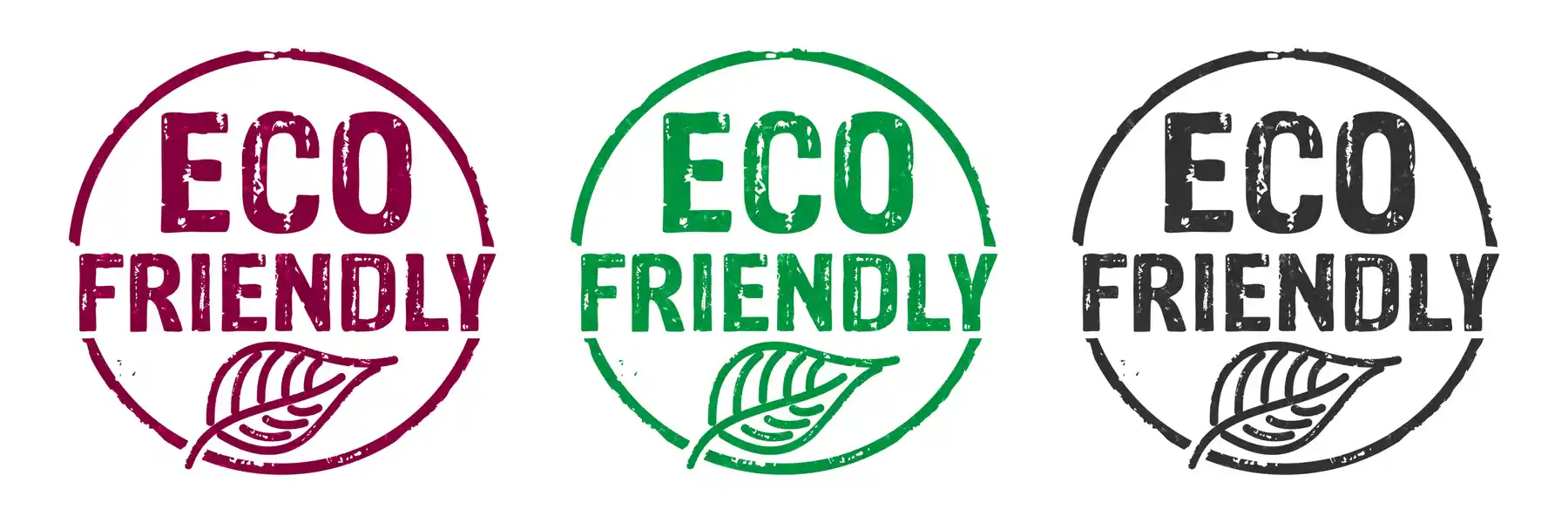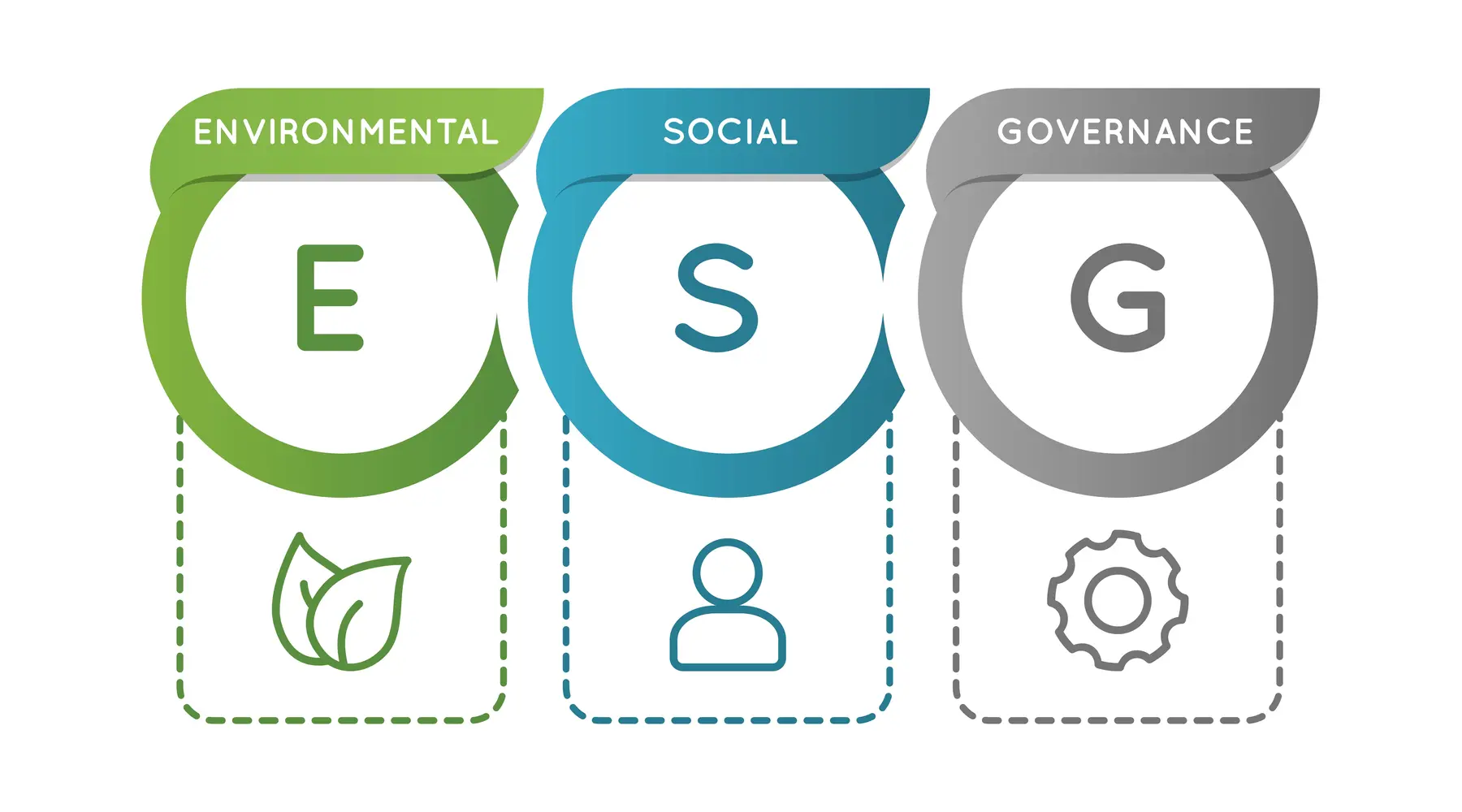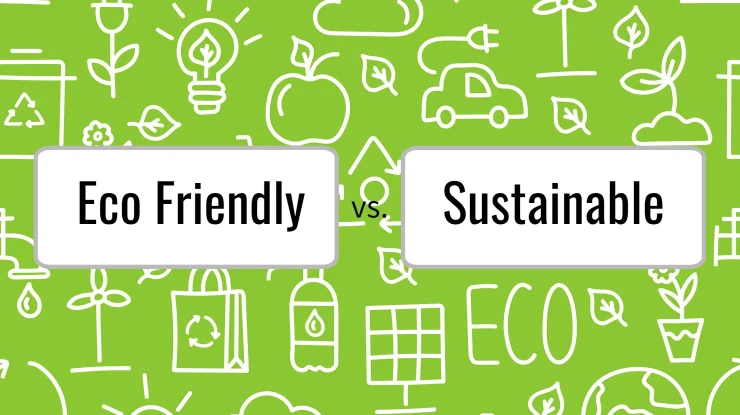Sustainable living, green households, eco friendly homes. Are they all just marketing terms? Or do they mean something?
Eco-friendly focuses on reducing harm to the environment, while sustainability considers the future impact of today’s actions. In this article, we’ll dive into the definitions of each term, and provide a case study example to further illustrate the difference, so you can make changes to your own household.
What does Eco Friendly Mean?
Eco-friendly means not harmful to the environment. Eco-friendly products use green manufacturing methods that use fewer resources. Or they use plant-based materials rather than chemicals.
But in the past, some companies have abused this term. To help with this, the most recent version of the Federal Trade Commission Green Guides (section 260.4) warns manufacturers not to make “broad, unqualified claims that a product is environmentally friendly or eco-friendly” without backing it up with specifics.
The bottom line? Any product labeled eco friendly should be accompanied by how and why it’s more environmentally beneficial than other products.

What does Sustainable Mean?
Sustainability has a more specific definition, by the United Nations, no less.
A product or company is sustainable when it is “meeting the needs of the present without compromising the ability of future generations to meet their own needs.”
United Nations
Sustainable companies are those that consider environmental, economic and social impacts in their operations. Sustainable products use less energy (and produce less carbon) during the manufacturing process. And sustainable products or companies reduce or cause no pollution.
Typically, the product itself isn’t labeled sustainable. Unless it’s manufactured by a company that has set and met sustainability objectives. More likely you would see labeling that says eco friendly product and then a backstory on what makes it sustainable as well.
In terms of a sustainable home, this objective starts with the materials used to construct the property and encompasses the amount of energy needed to operate it and the household’s impact in terms of energy and waste. Generally, sustainable homes won’t strain the Earth’s natural resources, nor will they consume an excessive amount of electricity. For a more physical picture, a prefab home using solar panels and maximizing natural light hits multiple sustainability markers.

What’s the Difference Between a Sustainable Product vs. Eco Friendly Product?
Many consumers and the press use sustainable and eco friendly interchangeably. While they are similar, they are not the same.
Eco friendly focuses on the immediate impact to the earth. Sustainability focuses on the impact on future generations. The company must also operate to provide economic, social and environmental benefits.
It might be easier to understand with a fictitious example.
- ZaZa is a new laundry detergent. Instead of a liquid, it’s laundry sheets that dissolve in the washing machine. This eliminates plastic packaging and it has no phosphates. It’s packed flat, in a recycled cardboard carton, sent regular mail in a recycled envelope. The product is labeled environmentally friendly.
- However, ZaZa is manufactured in a factory overseas to save costs. The company pays laborers lower than the standard wage in that country. The factory is powered by a coal power plant with high carbon emissions.
- So while ZaZa can be labeled as eco friendly, it does not meet the qualification of a sustainable product, because it’s not produced in a sustainable manner.
When purchasing eco friendly products, you should research the company that you are buying from. It’s one thing to say that a product is environmentally safe. And you can label it as such by meeting the FTC requirements.
But is the company behind it committed to sustainability? Or are they just riding the wave of green products? They may be “greenwashing” their brand. Greenwashing means a company says they are green. However, behind the scenes, it’s all marketing. They aren’t fully committed to the environment or sustainability in their production or their mission.
Eco-friendly products, as well as household practices, can veer into greenwashing territory if:
- The product or part claims to be made of biodegradable components but requires a specific environment to break down: For instance, a product that can only decompose in a commercial composting environment.
- A product is labeled as “recyclable” but won’t be accepted by curbside recycling programs and, instead, must be sent to a separate processing facility.
- A product claims to be green but the manufacturer hasn’t earned a widely recognized signifier, like B Corp certification.
- The product’s packaging features greenery or images of nature without providing information about sourcing or environmental impact.
What About Green Households?
“Green” ultimately is a non-descriptive term used interchangeably with “sustainable.” In practice, going green means thinking about your actions — for example, what you purchase and how you power your home — within the broader context of environmental impact.
Like “eco-friendly,” “green” has no specific qualifiers or certifications and is easily appropriated for greenwashing.
What is a Sustainable Home?
A sustainable home is an energy efficient home that’s built or retrofitted in a way that uses human resources, building materials, energy and water in an efficient manner.
For example, a sustainable home may have the following:
- Passive solar design – south-facing windows that heat the home in winter that can be shuttered or shaded in summer
- Heat pump HVAC system – these systems use heat from the ambient environment to heat or cool your home.
- Insulated concrete forms – concrete vs. wood is cheaper and more energy efficient.
- Recycled materials – reclaimed wood for your flooring
- Landscaping – trees and shrubs that shade the home and the HVAC unit
- Cool roofing – reflective roofing dissipates heat and lowers energy bills
- Triple paned windows – maintain the building envelope, keeping conditioned air inside.
- Solar panels – on-site energy generation (where you can sell electricity back to the grid!)
- Water conservation – products with the EPA’s WaterSense label
- Energy Star appliances and equipment
- LED lighting
- Water capture systems – using rainwater drainage for your greywater (dishwashing and flushing toilets)
- Insulation — to hold onto as much heat or cool air generated.
Of all building types, prefab homes come preassembled, which cuts energy emissions from construction, are often made from upcycled materials and are manufactured in a more efficient manner. Tiny houses are constructed in a similar fashion but take up fewer square feet and end up using less energy.
If you live in an area of the US where electricity is deregulated, like Texas, you may also be able to buy green electricity plans. These are electricity plans with 100% wind or solar. In some states, like Ohio, you can also purchase carbon neutral natural gas plans where the gas supplier offsets your home’s carbon monoxide production.
If you are starting from the ground up, you can build a sustainable home by designing your home with the environment in mind. You’ll want to work with a builder that specializes in green architecture.
If you are retrofitting your home, implement energy efficiency tips to reduce your environmental impact. As an additional benefit, you’ll save on your electric bill.
You can support sustainable living by making informed, considered decisions. Think about what you buy, where you shop and how you consume products and services. Sustainable living means you make decisions not out of the immediate convenience. You make decisions with an eye toward the future. Sustainable living supports companies that use sustainable manufacturing processes.
What is an Eco Friendly Home?
Whereas a sustainable home focuses on the physical shell of the home and its construction, any home can be an eco friendly home.
By living a sustainable lifestyle, you are making an impact on the environment around you. And you’re protecting limited resources for future generations.
Here are some ways you can make your home environmentally friendly:
- Raise energy smart kids by teaching energy conservation
- Reduce your electricity usage by implementing conservation tips
- Reuse and recycle materials
- Conduct a DIY home energy audit
- Use environmentally safe home products
